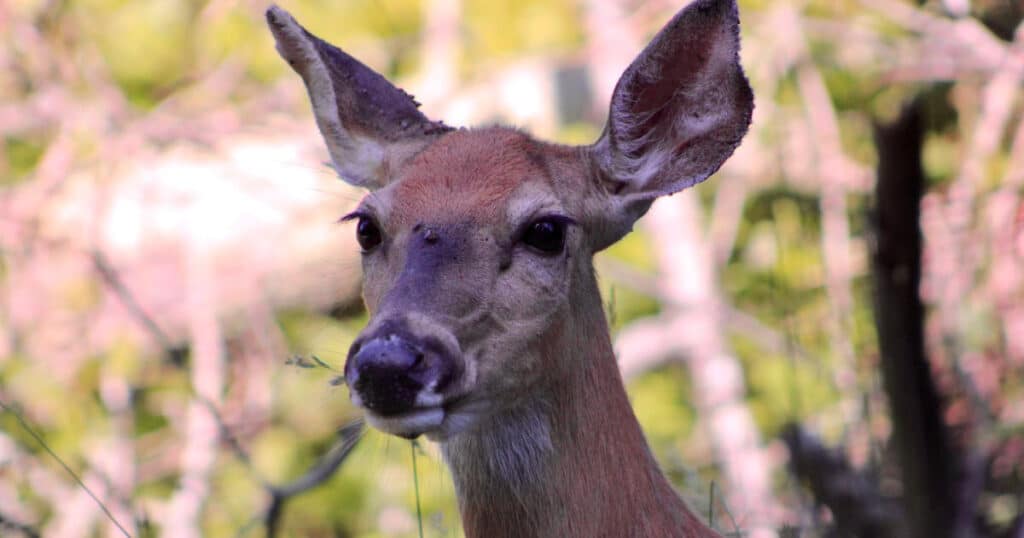Relationships are a crucial part of every ecosystem on earth, and each type of relationship plays a unique role. Among these is the symbiotic relationship, which includes two different species. There are thousands of different symbiotic relationships in the natural world, and the parasitic relationship between ticks and deer is the deer and tick symbiotic relationship.
The main kind of symbiotic relationship is one in which both involved species benefit.
A parasitic relationship is a type of symbiotic relationship, and it’s the type of relationship we see between ticks and deer. Only one species benefits, and it’s the tick. The deer doesn’t get any advantage.
Keep reading to find more information on symbiotic relationships and the role the relationship between deer and ticks plays in the natural world.
The relationship between deer and ticks gives us insight into how one or the other species would be affected if one of their populations decreased.
What Is A Symbiotic Relationship?
The term “symbiotic” comes from the word “symbiosis”, which we use to define a close, long-term interaction between two different species.
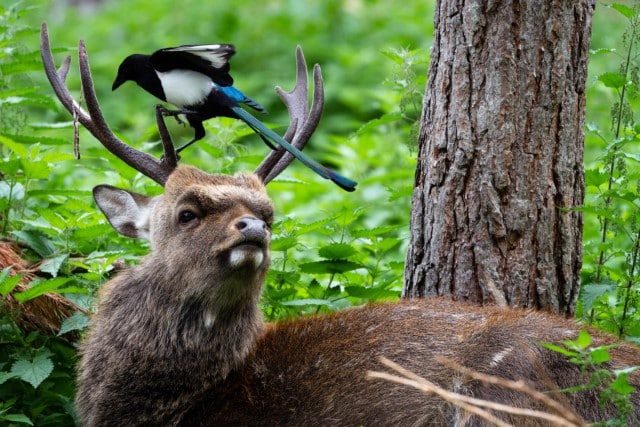
There are three different types of symbiotic relationships, including:
- Commensalism
- Mutualism
- Parasitism
Commensalism
Commensalism is a type of relationship where one species benefits and the other species involved is not harmed, but does not gain anything beneficial.
For example, tree frogs hide under the wide leaves of tropical plants for protection from the elements and predators.
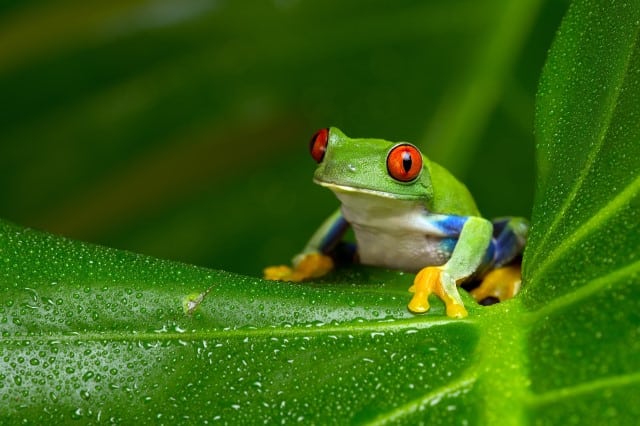
They don’t eat the plant or harm it in any way, but they also don’t provide a service to the plant.
One species receives a benefit without benefiting or exploiting the other species, so it’s a commensal symbiotic relationship.
Mutualism
Mutualism is a type of relationship where both of the species involved benefit in some way. For example, the relationship between bees and flowers is a common form of mutualistic symbiosis.
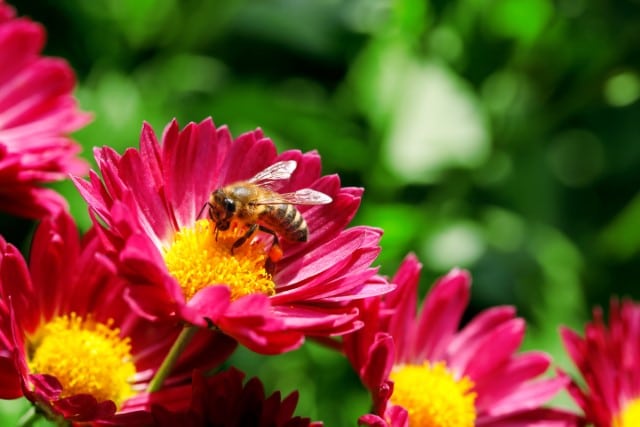
The bee pollinates the flower and helps it grow, while the flower gives pollen and nectar to the bee so it can make honey.
Each species involved gets something in return, so it’s a mutual symbiotic relationship.
Parasitism
Finally, parasitism is when only one organism in the relationship receives a benefit, while the other doesn’t receive any benefit and usually gets harmed.
For example, when an animal or human gets a tapeworm, the tapeworm is able to gain nutrients and grow while the animal or human is harmed, since they are being drained of nutrients.
As for deer and ticks, their relationship is also an example of parasitism.
The tick feeds on the deer while the deer gets no benefit in return, and could end up dying from the ticks. Since the relationship isn’t equal, it’s considered parasitic.
Why Are Symbiotic Relationships Important in Ecosystems?
Symbiotic relationships play multiple important roles in the whole of an ecosystem.
An ecosystem is a natural system where every member of it plays a specific and important role in order to keep the entire system functioning properly.
There are multiple different types of ecosystems in the natural world, ranging from the smallest creeks to the vast rainforest. In this case, however, deer and ticks play important roles in the forest ecosystem in which deer live.
Deer play the roles of host and herbivores, while ticks play the roles of parasites and a food source for forest game.
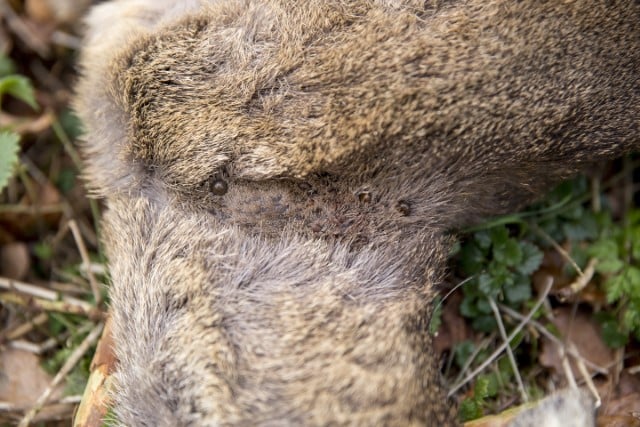
While deer do act as the hosts for ticks to feed on and live in, that isn’t the only role they play in the forest ecosystem.
Deer eat plants since they are herbivores, which helps to keep the vegetation population under control.
Ticks also act as a food source for forest game, which helps keep their population under control and the forest game population under control.
Each member of the ecosystem plays a role that intertwines with every other organism in the ecosystem, and one can’t survive without the other.
Symbiotic relationships are the heart of ecosystems, and they help with population control, evolutionary processes, and biodiversity.
Population Control
One of the things that make symbiotic relationships so important in ecosystems is population control. This is primarily due to parasitic relationships, but mutual and commensal relationships play a part as well.
Since the usual result of a parasitic relationship is an organism dying, it acts as a form of population control. If one species in the ecosystem got too big, it could potentially harm the other organisms involved.
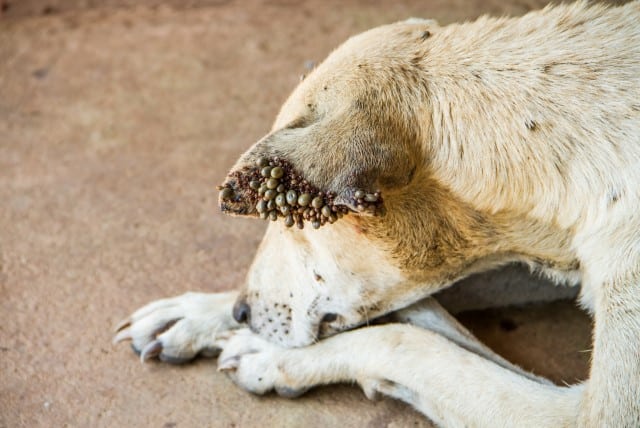
Mutual relationships help keep populations under control by helping ensure each species population has what they need to survive.
A decrease in the population of a species can hurt other organisms in the ecosystem. That is why mutual relationships help benefit both species involved to make sure they can survive.
Finally, commensal relationships help population control by getting rid of the corpses of dead organisms. The dead organisms aren’t being harmed further, and those involved in getting rid of them receive a benefit.
Other organisms also don’t have to be around a decomposing body that can carry diseases, so the commensal relationship benefits them indirectly as well.
Keeping the dead population under control helps prevent the spread of diseases, so it’s just as important as keeping the population of living organisms under control.
Evolutionary Processes
Evolution is a very long and slow process, one that requires the species that’s evolving to stay alive for long periods of time.
This is where symbiotic relationships come into play. They help species to survive for much longer than they would if they were on their own.
In parasitic relationships, only one species is able to survive long enough to go through evolution.
In the example of the deer and tick relationship, ticks evolved from mite-like creatures millions of years ago. They had a parasitic relationship with the amphibians of the day.
From this parasitic relationship, ticks were able to gain nourishment and protection from predators.
This helped them evolve far past what they might have evolved to otherwise, given how small and easily consumable ticks are.
Biodiversity
Biodiversity refers to the variety of life that exists in our world. There are thousands of different species in the world (including many different deer species), all with their own unique characteristics and needs.
But in order for all of those needs to be met, symbiotic relationships must be maintained.
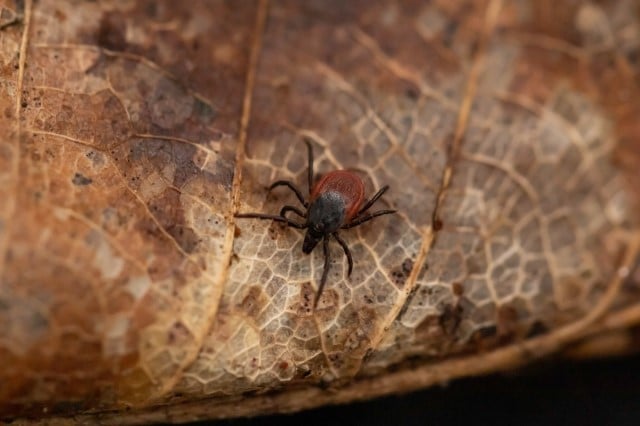
Deer and ticks have multiple different needs. They need to eat different foods, live in somewhat different environments, and need different levels of shelter and protections.
They are very different individuals, and yet the tick and deer have a symbiotic relationship that is important to maintaining biodiversity.
Mutual and commensal relationships are even more important to maintaining biodiversity since neither species involved is harmed.
Commensal relationships help benefit both species and cater to both of their individual needs, so they work together to maintain biodiversity.
In a mutual relationship, one species’ unique needs are met and the other species isn’t harmed. Accordingly, both species work together to maintain biodiversity.
All three symbiotic relationships (commensalism, mutualism, and parasitism) are very important to the natural world.
Roles in the Deer and Tick Symbiotic Relationship
The deer and tick both have an important part to play, both in their own symbiotic relationship and in the forest ecosystem as a whole. If one does not fulfill their role, it could affect the other, or another member of their ecosystem.
The deer plays the role of the host. They provide the food source that ticks need to survive, blood. The deer becomes a host to the tick hen a tick latches onto a deer and begins sucking its blood.
The tick might also use the deer for shelter and transportation for a time, and in extreme cases, lay eggs on the deer.
The tick, on the other hand, plays the role of the parasite. They are depriving the deer of a critical need for survival, their blood, for their own needs.
They can also harm the deer by laying eggs in the deer’s fur, which can cause more issues for the deer once they hatch.
In some cases, a tick infestation can cause the deer to have more blood taken from it. The deer will get weaker and weaker, and eventually die.
The Parasitic Relationship Between Deer and Ticks
Since the deer is harmed from this relationship, while the tick benefits, their relationship is considered parasitic.
Furthermore, it’s considered parasitic since the tick doesn’t really need to feed specifically on a deer to survive.
Ticks are able to feed on a wide variety of animals, including:
- Other mammals
- Reptiles
- Amphibians
- Birds
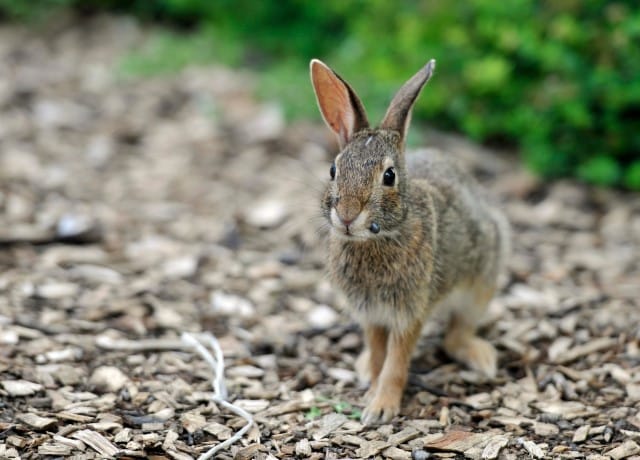
These parasites can feed on all warm-blooded species that won’t eat them within one minute.
Ticks are a necessary part of this ecosystem and have important roles to play.
How Do Ticks Help the Ecosystem?
The deer population would benefit if the tick population decreased. They would no longer have to worry about their blood being taken by ticks or the possibility of infections.
So, the deer population would likely increase.
However, the deer or tick population decreasing could still negatively affect the rest of the forest ecosystem they are a part of.
First of all, ticks are the main food source of multiple forest birds, including:
- Guinea fowl
- Turkeys
- Chickens
- Grouse
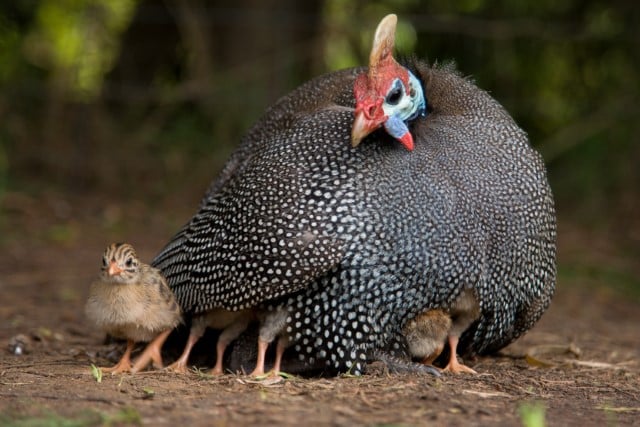
If the tick population decreased, animals that eat ticks would lose a food source.
This would lead to the starvation and population decline of these animals, which then leads to a chain reaction of other species going hungry and dying.
If the deer population decreased, it would reduce an important food source for carnivores of the ecosystem.
The main forest animals that eat deer include:
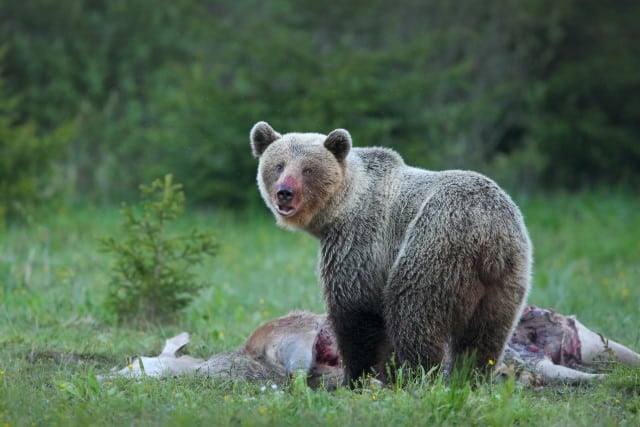
These animals would be difficulty surviving without deer. They would have to live on birds and small game alone, and this wouldn’t be enough over the long run.
So, as we’ve learned here, if tick or deer populations fell it probably wouldn’t affect either species much. However, it would certainly affect the ecosystem as a whole.
Summarizing the Deer and Tick Symbiotic Relationship
Symbiotic relationships are one of the most important elements of the natural world. All three types, mutual, commensal, and parasitic, are vital to forests and other ecosystems.
These relationships help maintain multiple aspects of the ecosystem and none of the species in those systems can survive without them.

